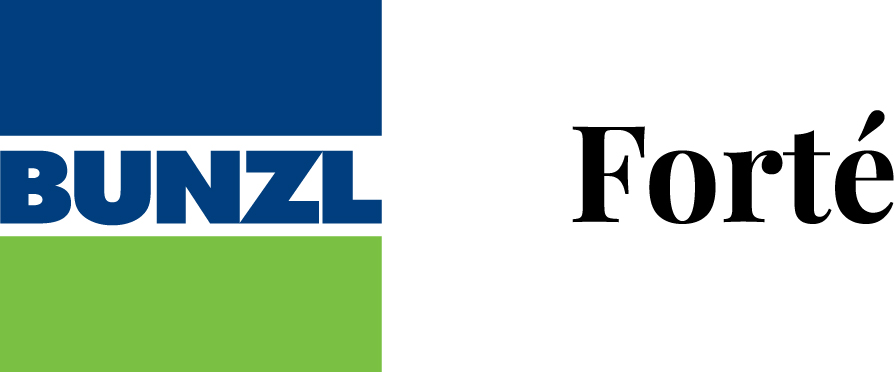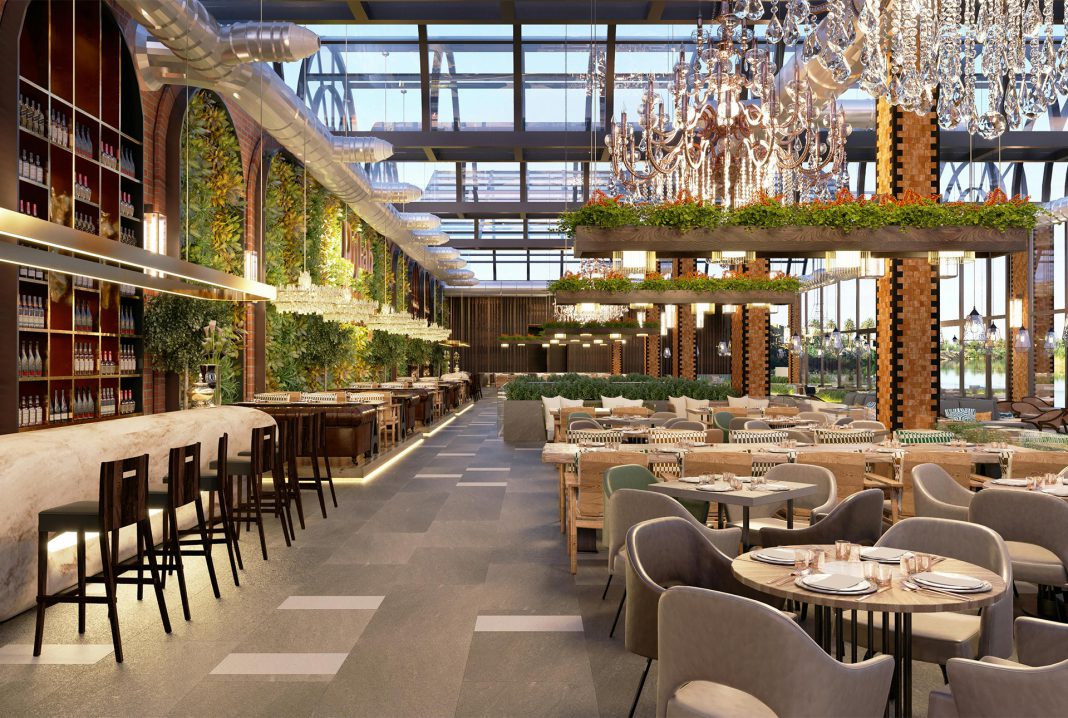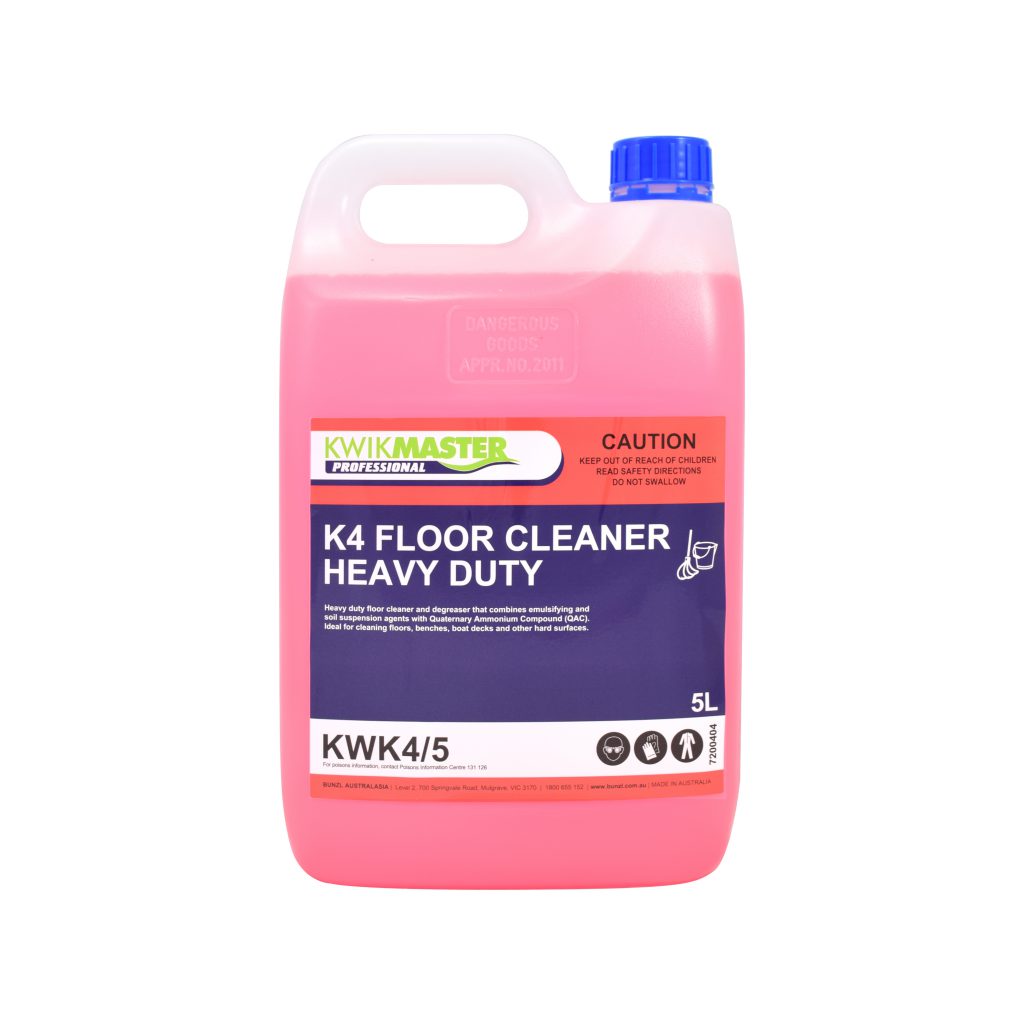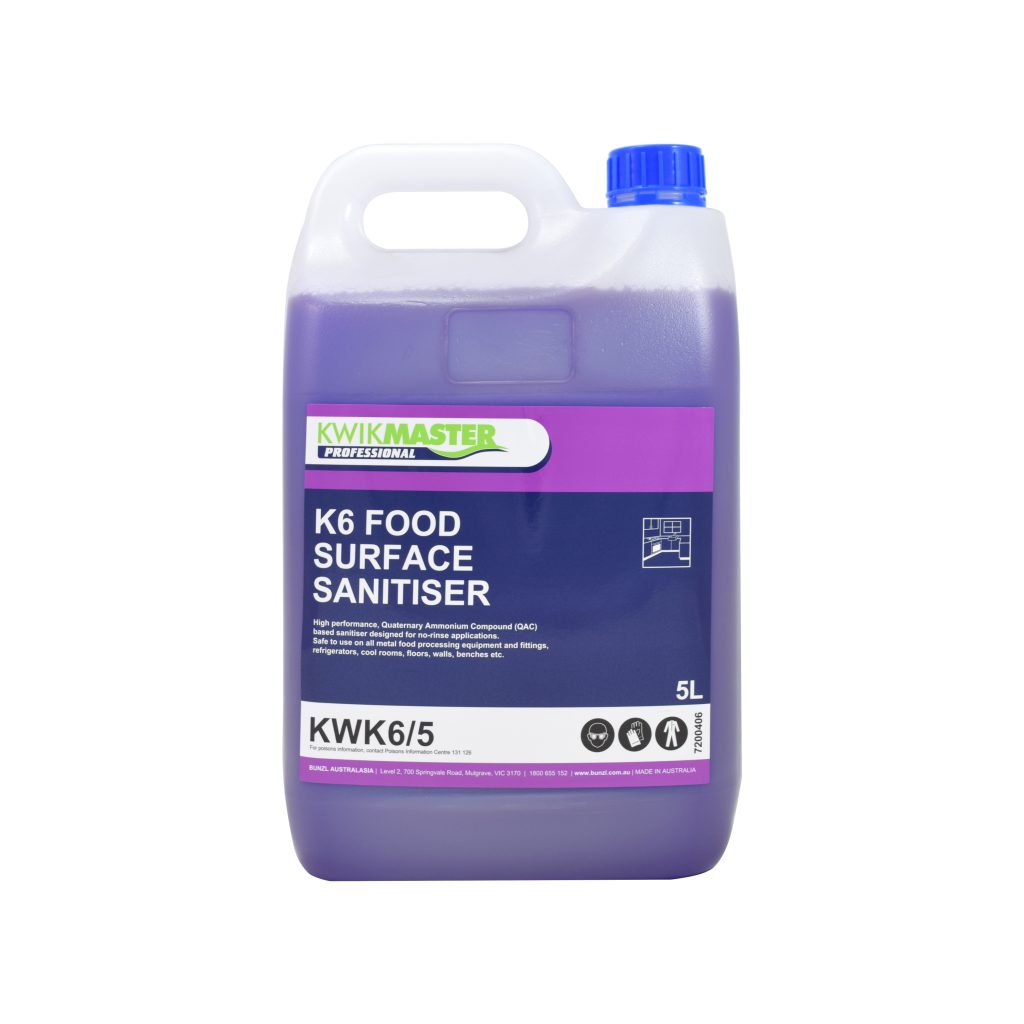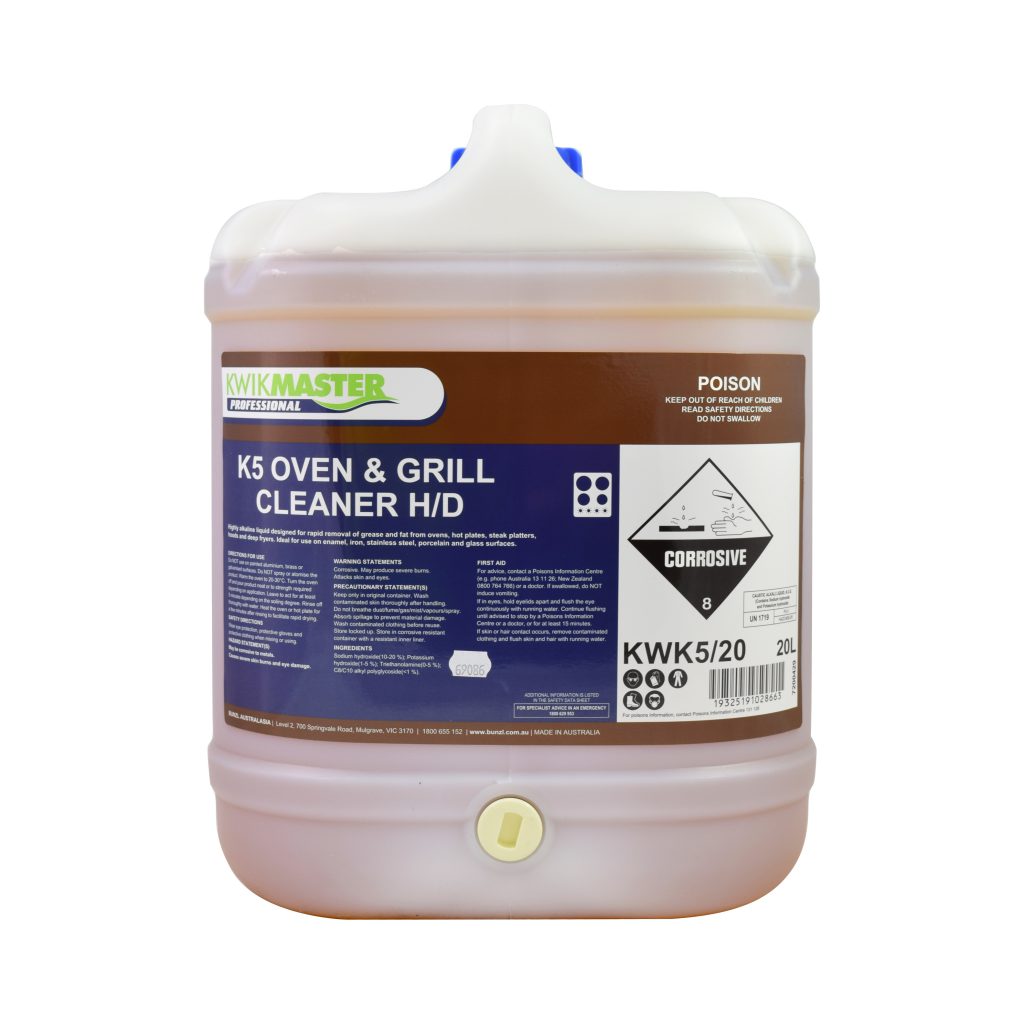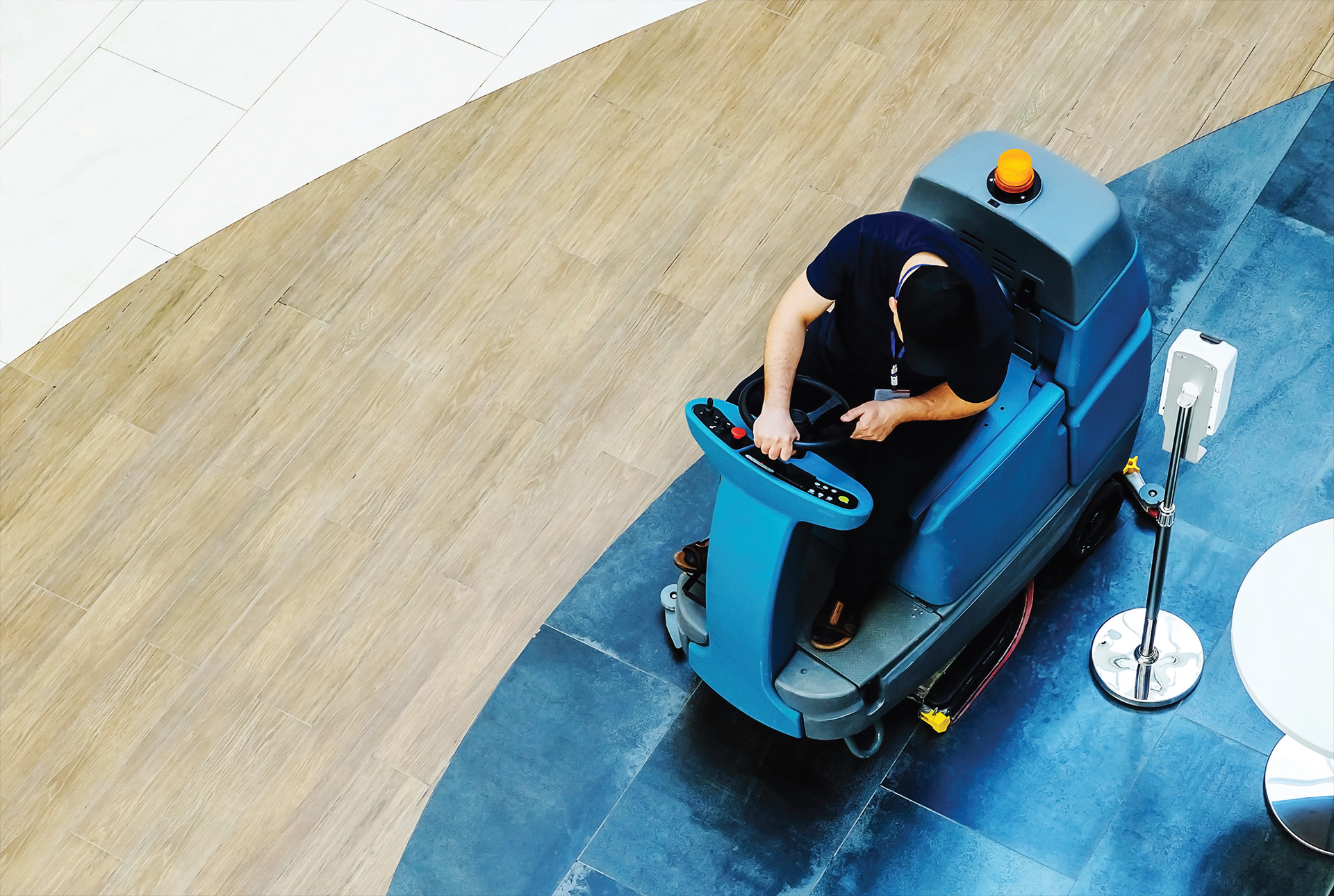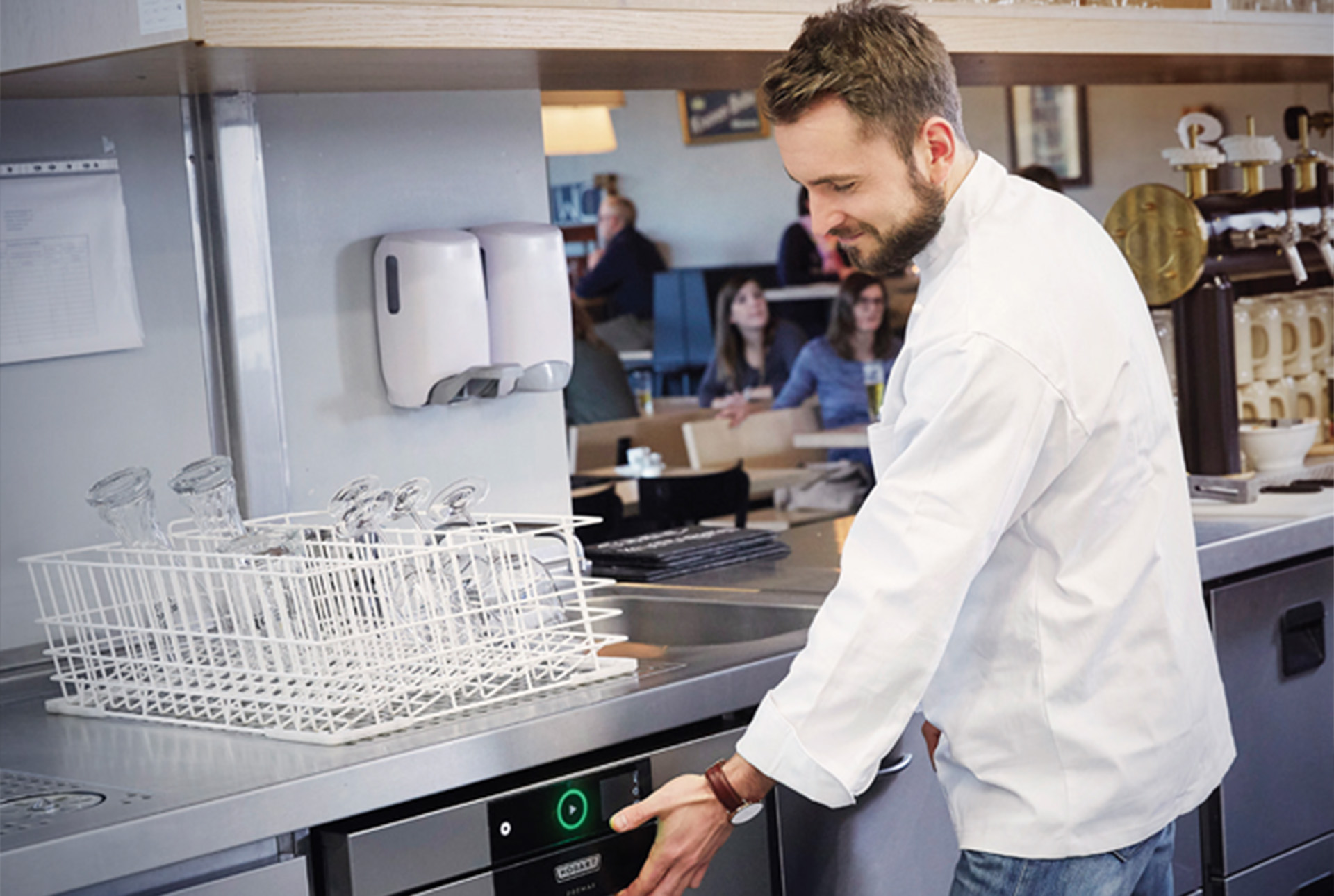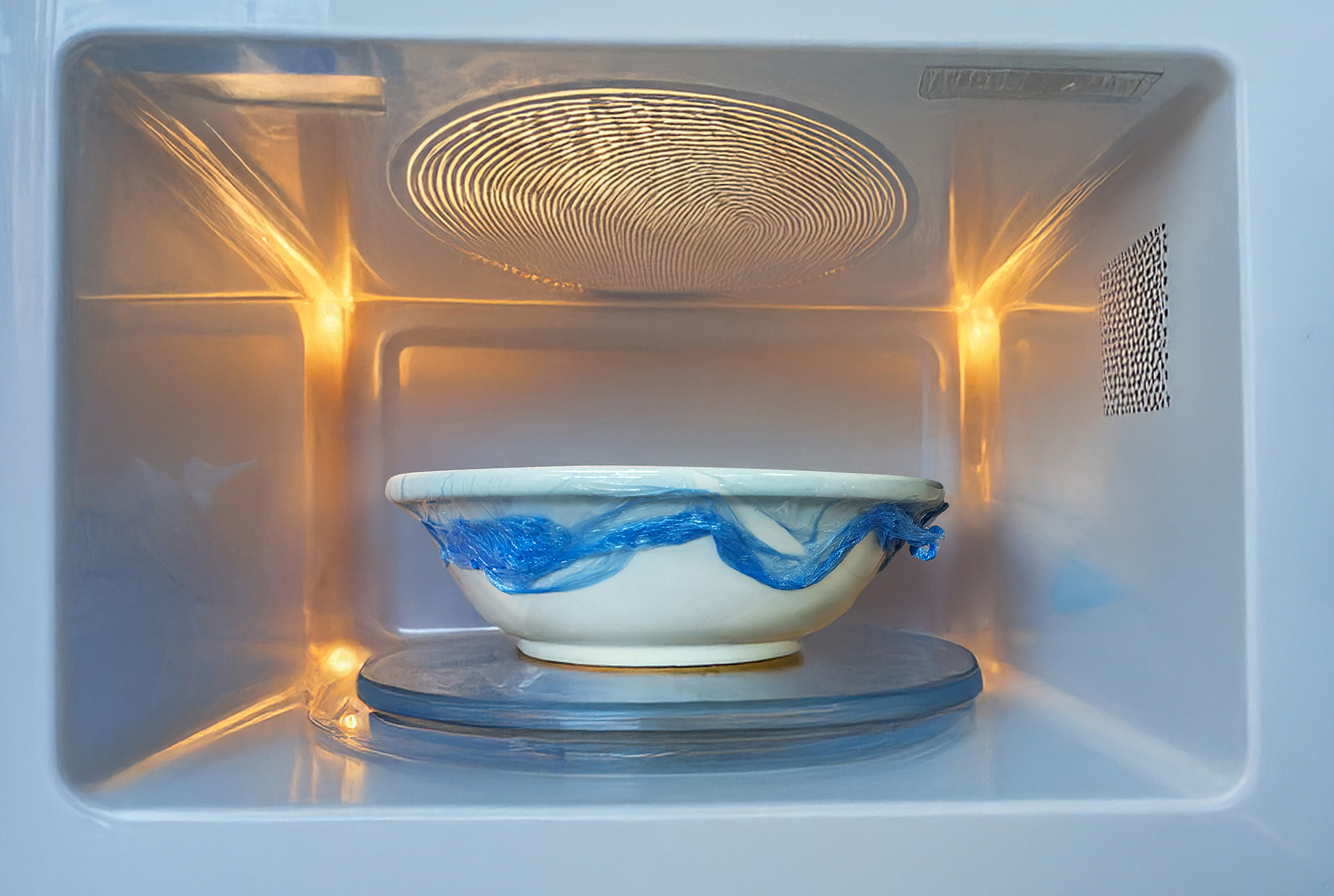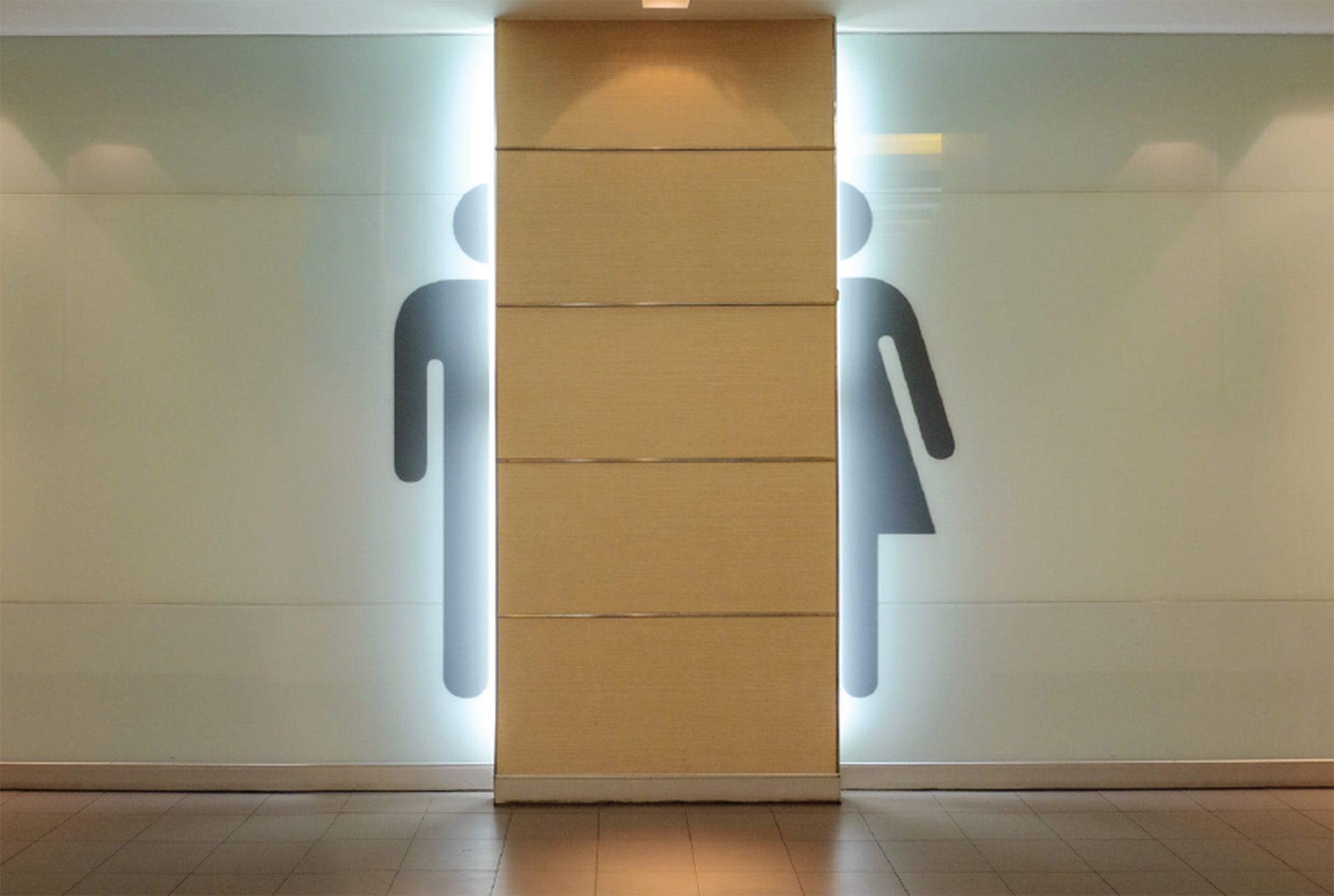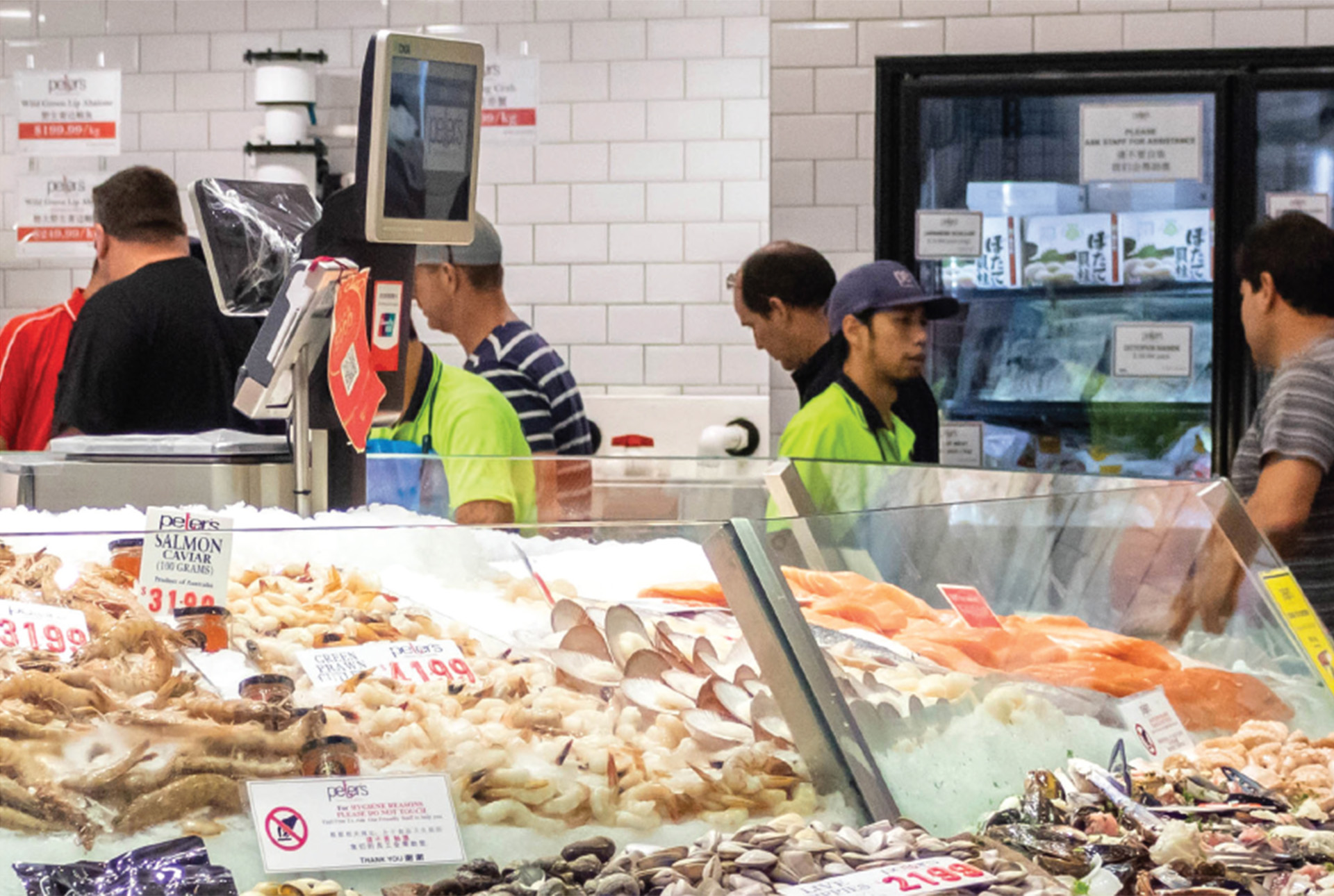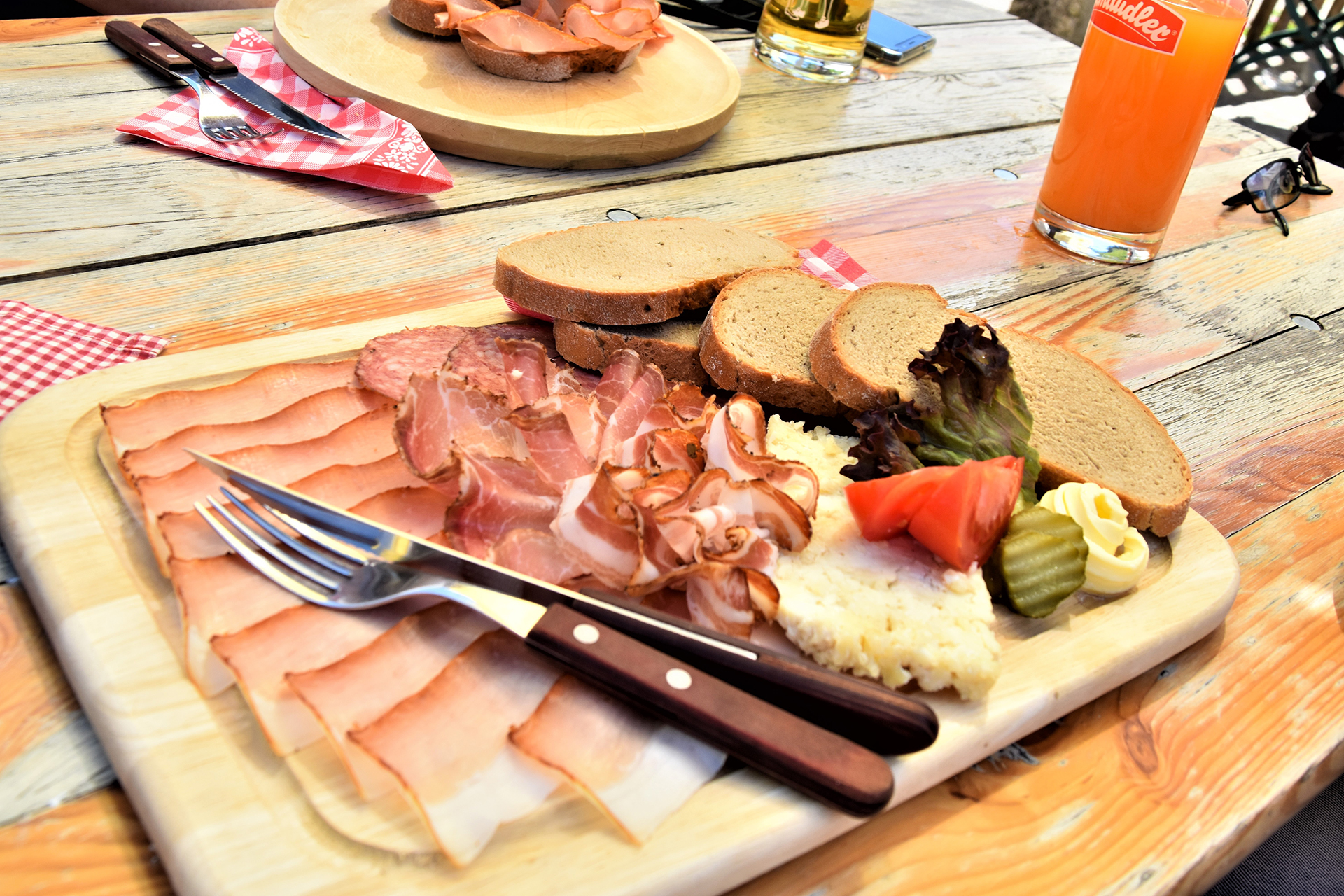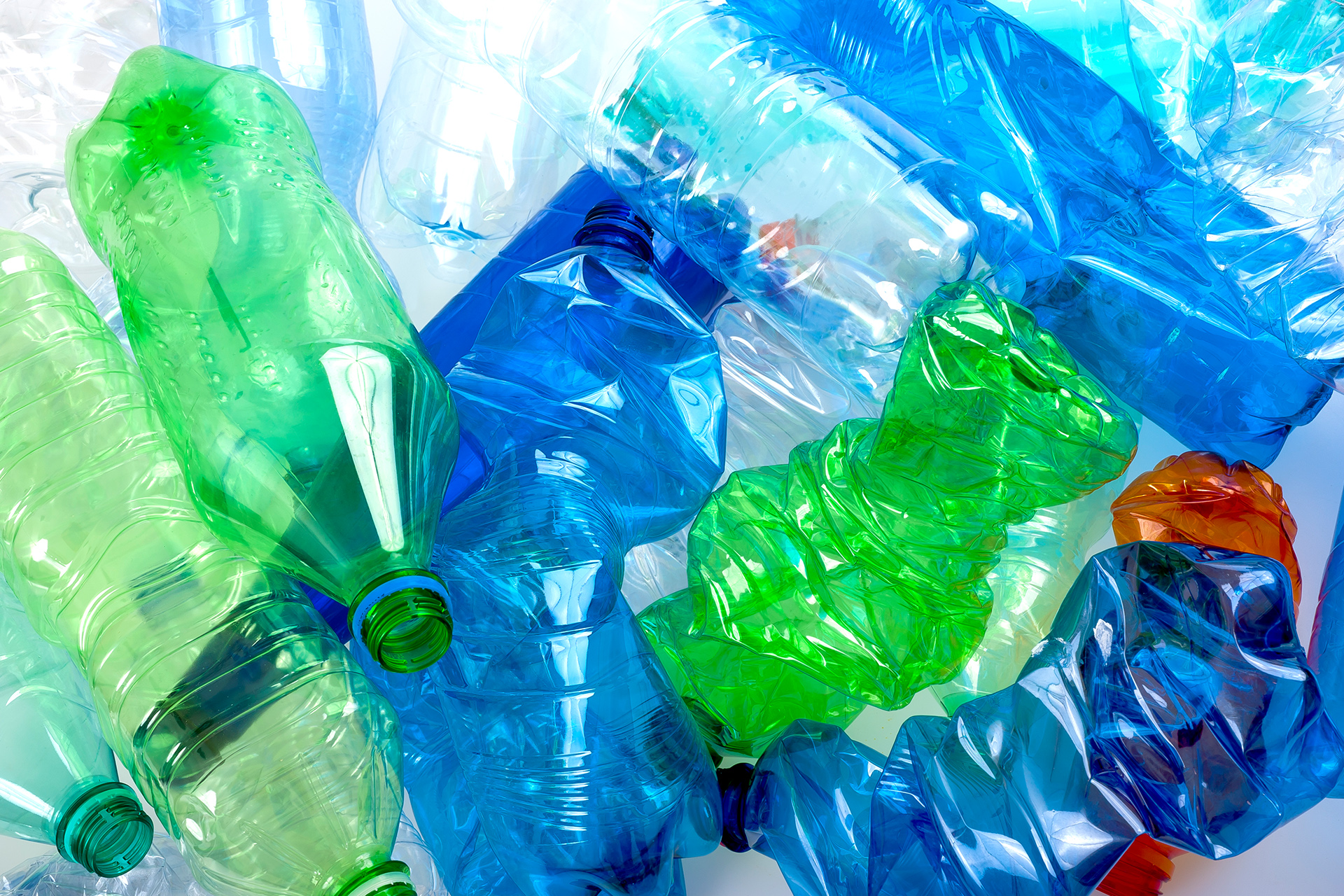In Australia there are over 54.28 thousand restaurants and cafes, all of which have their own kitchens and dining areas that see constant activity from customers, suppliers and workers. In a busy restaurant or cafe, bacteria, cross-contamination and overall cleanliness may be present leading to infections, illness and injury of your customers and staff.
This is why it’s essential to keep your restaurant kitchen and dining area clean and hygienic which can be done through regular cleaning. The key to a hygienic food environment is using a cleaning checklist.
A restaurant cleaning checklist is used by staff to maintain and ensure hygiene and cleanliness of the general restaurant or cafe space and the equipment and kitchen space. A standard checklist is separated by front-of-house cleaning and back-of-house cleaning duties. Some tasks are to be completed daily, weekly or even monthly.
Every food serving business must have a cleaning checklist or schedule. This is reviewed by health inspectors who work for your business’ local council to ensure correct cleaning measures are being undertaken by your business in order to prevent injury to staff and customers.
Importance of Maintaining a Clean Restaurant
Food service businesses must ensure food safety within their restaurants and kitchens to prevent food borne illnesses and cross contamination from occurring. In Australia, there are around 4.7 million cases of food borne illnesses annually, caused by raw meats and poultry that contaminate food with bacteria.
Staff hygiene is also important in maintaining a clean restaurant as this can sometimes be overlooked. Appropriate hand hygiene through use of gloves and well stocked hand soap and paper towel, reduces the risks of spreading infection to staff and customers.
Cleaning during food serving hours and when closing for the day is essential to maintaining a clean and hygienic environment. This can be done through select cleaning processes and planned deep cleaning.
Essential Areas to Include in Your Cleaning Checklist
When cleaning your restaurant or cafe, there are a few areas that are essential to include in your cleaning checklist. This is because they may be areas where cross contamination can occur easily or a common area where customers will be passing through.
Kitchen and Food Preparation Areas
These areas in a restaurant need to be cleaned and sanitised regularly to prevent bacteria and food-borne pathogens from spreading. It’s not only the benches, cupboards and sinks that need to be cleaned and sanitised every day, but also the kitchen equipment being used like cutting boards, knives, bowls and even the oven, deep fryer and microwaves that come into contact with raw meats.
Food storage areas like walk-in refrigerators and shelving also need to be kept clean as this is where raw food will be stored. Labelling of raw meats and dairy products can help to maintain these areas as well as regularly scheduled clean-outs of fridges.
Dining Areas and Front-of-House
Dining areas and the front-of-house for a restaurant or cafe need to be included in a commercial kitchen cleaning schedule to ensure safety and protect the health of customers and staff. As these areas have people constantly moving in from outside and to and from toilets, bacteria and other safety hazards can follow and if not cleaned properly, can impact other diners or staff.
Restrooms
Including restrooms in a restaurant cleaning schedule is a crucial element in maintaining safety and cleanliness and preventing bacteria from coming into contact with food. These areas need to be well-stocked with appropriate hand hygiene equipment and cleaned daily, preferably with separate cleaning supplies and equipment to those used in the kitchen and food prep areas.
Floors and Floor Mats
Floors in both the front-of-house, back-of-house and washrooms need to be cleaned daily as part of a kitchen cleaning schedule. This is mainly for safety and to reduce the risk of slips and floors by removing grease buildup. Maintaining your kitchen, restaurant and bathroom floors also prevents contamination of bacteria from one area to the next.
Kitchen floor mats will need to be regularly cleaned as these are likely to come into contact with spills of liquids and raw meats which are both hazards that can result in slips and falls or cross-contamination.
Your Restaurant Cleaning Checklist
Once we understand what areas in your restaurant or cafe that need to be regularly cleaned, let’s explore the areas that should be cleaned daily, weekly and monthly.
Your cleaning checklist should be customised to your business’ needs but you can find a template created by local councils that can be used. Most restaurant cleaning checklists should include the below.
Daily Cleaning Tasks
Daily restaurant cleaning procedures are integral to maintaining hygiene and preventing accidental injuries from any part in the restaurant for staff and customers. According to the Whitehorse City Council in Victoria, the items that should be cleaned daily in the front of house are:
Front-of-House Cleaning Checklist
- Floors – need to be sweeped/ vacuumed and mopped in your restaurant’s dining area.
- Blenders and hand-held electrical appliances – need to be cleaned after each-use by wiping down appliances. Should be properly cleaned during the closing shift.
- Tables and Chairs need to be wiped down, removing crumbs and leftover food scraps and sanitised to remove any lingering germs.
- Linen napkins should also be washed daily to allow them to be used the following day and ensure any germs or stains are removed.
- Staff uniforms – something normally not listed on a regular cleaning checklist, it’s important to make sure all staff are wearing clean uniforms and that things like aprons, shirts and pants are washed daily.
Back-of-House Cleaning Checklist
- Food preparation areas – These include benches, sinks, hand wash basins, faucets, door handles in this space. Food prep areas may also need to be cleaned after use if handling raw meats.
- Floors – sweep and mop floors in your restaurant’s kitchen and washroom areas.
- Meat Slicers – This is a more specific piece of equipment that needs to be cleaned daily, especially if handling raw meats. Not all kitchens would have this.
- Stoves, ovens and other cooking equipment like coffee machines, fryers and grills and ice machines need to be cleaned daily and must be part of a regular deep clean.
- Microwaves – must be wiped down and cleaned daily to remove splatters.
- Kitchen utensils like chopping boards, cutlery, crockery and glassware. These items need to be cleaned after-use to ensure no cross-contamination of allergens and raw meats occurs.
Weekly Cleaning Tasks
The weekly restaurant cleaning tasks are important in maintaining a hygienic clean across your whole restaurant.
Front-of-House Cleaning Checklist
- Wipe down shelving units to remove dust and grime.
- Check ceiling for any cobwebs and dust to remove.
Back-of-House Cleaning Checklist
- Refrigerator or coolroom – check stock dates and ensure food is separated in the right areas to keep raw and cooked food apart.
- Wipe down and sanitise any shelving, especially those that are above food prep areas to ensure dust and grime don’t end up in food.
Monthly Cleaning Tasks
All your monthly restaurant cleaning tasks are essential to maintaining equipment found across the entirety of your restaurant or cafe.
Front-of-House Cleaning Checklist
- Walls, ceilings, light fixtures, ceiling vents should be wiped and dusted, removing the possibility of dust and dirt ending up in food while being prepared.
- Air-conditioning and heaters should undergo regular deep cleans every 1-6 months.
Back-of-House Cleaning Checklist
- Freezer or freezer rooms – ensure all old stock is removed and new stock is correctly labelled and sectioned in the correct area of the freezer. Raw food should never be in contact with cooked food.
- Refrigerator Coils – these need to be cleaned monthly with coil cleaner.
- Dry storage containers – empty these containers every month to clean. This prevents mould from appearing and keeps your dry food fresher for longer.
- Equipment like vent hoods, grease traps, griddle and even beverage dispenser heads should undergo monthly deep cleans.
Recommended Commercial Cleaning Products for Restaurants
Every section of your restaurant will require different cleaning products and chemicals to effectively sanitise and clean your front-of-house and back-of-house areas.
Floor Cleaners – Kwikmaster Professional’s Heavy Duty Floor Cleaner is a degreaser and floor cleaner that is best used for cleaning hard surfaces like floors, benches and boat decks. This product is a heavy duty floor cleaner that emulsifies, disinfects and breaks down dirt, bacteria and oils, making it perfect for cleaning back and front-of-house floors.
Food Surface Cleaners – The main ingredient in Kwikmaster Professional’s Food Surface Sanitiser is a quaternary ammonium compound and it’s used to kill bacteria, mould and viruses that may be present as a result of cross-contamination and raw meats. This is formulated to be a no rinse sanitiser but needs to be left to dry before contact with food.
Oven cleaners – This needs to be able to readily remove grease and fat from ovens, hot plates, grills, deep fryers and range hoods. Kwikmaster Professional’s Heavy Duty Oven and Grill Cleaner has corrosive agents that are great at breaking down grease which can be easily rinsed off.
Elevating Your Restaurant’s Cleanliness Standards
Ensuring a thorough clean of your restaurant space from front-of-house to back-of-house is important in maintaining hygiene and safety for staff and customers who enter your business. Abiding by your cleaning checklist is the easiest way to elevate your cleanliness standards and ensures a safe environment for all.
